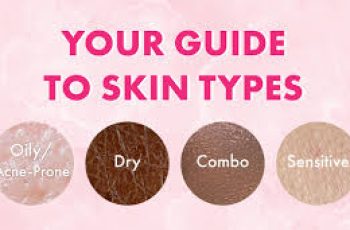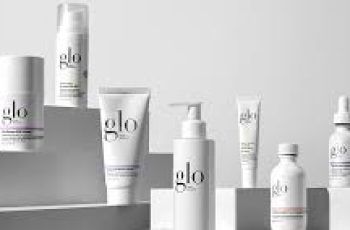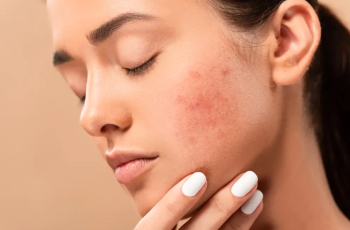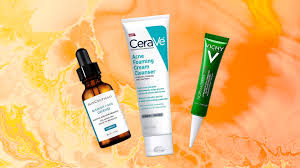
.webp)
.webp)
.webp)
Does Spot Treatment Work?
.webp)
.webp)
We’ve all been there – that one persistent blemish that seems to have made itself right at home on your skin. It doesn’t matter how many skincare products you use; it refuses to leave.
.webp)
.webp)
.webp)
And this is where spot treatments come in! These targeted formulas have gained a lot of popularity for their ability to reduce the size of pimples, calm redness, and speed up the healing process.
.webp)
.webp)
But do they actually live up to the hype? Let’s dive into the details and see if these products truly work as promised.
.webp)
.webp)
.webp)
How Long Does Spot Treatment Take to Work?
.webp)
.webp)
Patience is key when using spot treatments. While these products can indeed reduce the size and redness of blemishes, they aren’t a magic solution.
.webp)
.webp)
.webp)
Most spot treatments require consistent use over time to deliver results. On average, you can expect a spot treatment to begin showing noticeable improvements within 2 to 4 weeks of regular application.
.webp)
.webp)
During this time, the blemish should shrink in size, and the inflammation will decrease, helping you get clearer skin over time.
.webp)
.webp)
.webp)
Different spot treatments work in different ways. Some formulas work by creating a drying layer over the blemish.
.webp)
.webp)
These treatments often contain ingredients like benzoyl peroxide, which work hard to kill acne-causing bacteria beneath the surface.
.webp)
.webp)
.webp)
Products that contain such drying agents are generally used at night to avoid transferring these potent ingredients to your pillowcases.
.webp)
.webp)
On the other hand, some spot treatments have a clear-drying formula, allowing you to apply makeup on top without worrying about visible patches or residue.
.webp)
.webp)
.webp)
Are Spot Treatments Necessary?
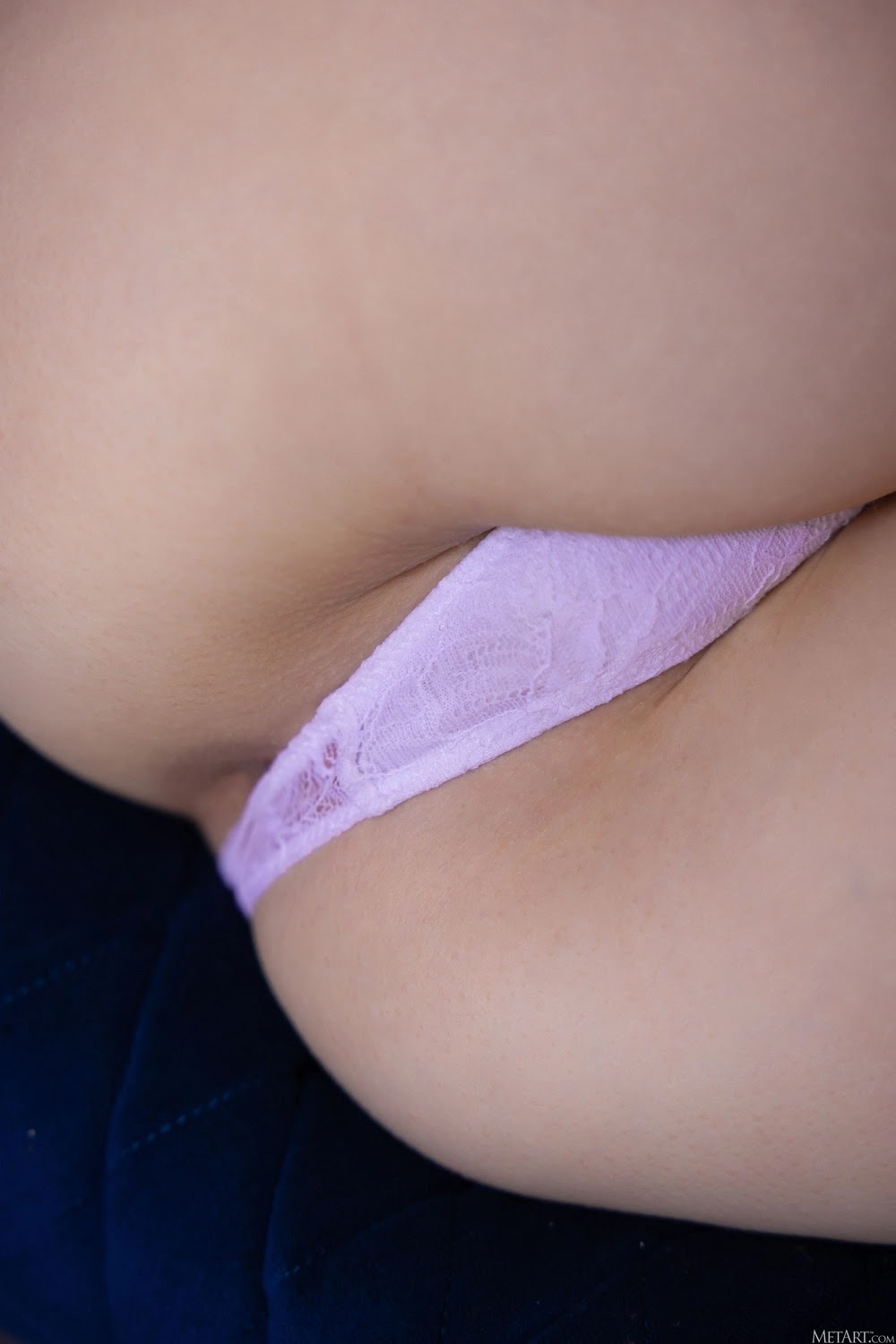.webp)
.webp)
Whether or not spot treatments are necessary depends largely on your skin type, routine, and preferences.
.webp)
.webp)
.webp)
If you struggle with occasional breakouts, using a spot treatment can help target blemishes before they become larger, more stubborn pimples.
.webp)
.webp)
These products can work to draw out excess sebum (oil), dirt, and bacteria from beneath the skin’s surface, reducing the chances of an eruption.
.webp)
.webp)
.webp)
If you often find that blemishes linger for longer than you’d like, spot treatments can also help bring them to the surface.
.webp)
.webp)
This may cause the pimple to form a head, which then opens up the possibility for gentle extraction. However, it’s crucial to avoid squeezing or picking at your spots yourself.
.webp)
.webp)
.webp)
While it might feel tempting, doing so can lead to scarring and further skin irritation, making the problem worse in the long run.
.webp)
.webp)
If you’re unsure about the best methods for removing blemishes without causing harm, check out our blog post on how to get rid of blemishes quickly and safely.
.webp)
.webp)
.webp)
Can Spot Treatments Make Acne Worse?
.webp)
.webp)
Like with any skincare product, you can overdo it – and this applies to spot treatments as well. Spot treatments can be quite drying, which is why it’s important to use them only where necessary.
.webp)
.webp)
.webp)
If you apply these products to your entire face, you may experience excessive dryness, irritation, and flakiness. This can, in turn, cause more breakouts or damage your skin’s natural moisture barrier.
.webp)
.webp)
The key to successful treatment is balance. Use spot treatments solely on active blemishes and avoid applying them over your entire face.
.webp)
.webp)
.webp)
This focused approach ensures that the surrounding skin remains hydrated and protected from potential irritation.
.webp)
.webp)
On days when you aren’t using a spot treatment, consider incorporating salicylic acid into your skincare routine.
.webp)
.webp)
.webp)
Salicylic acid is a gentle yet effective ingredient that works deeper into the skin to help clear out clogged pores and prevent new breakouts from forming.
.webp)
.webp)
A mild salicylic acid face wash or serum can keep your skin clearer for longer without causing dryness.
.webp)
.webp)
.webp)
Of course, to keep your skin moisturized and protected, look for products with nourishing ingredients like hyaluronic acid and ceramides to maintain hydration.
.webp)
.webp)
When Should I Apply Spot Treatment?
.webp)
.webp)
.webp)
Spot treatments are most effective when used at the right time and in the right way. You don’t need to apply them all over your face – just target the active blemishes.
.webp)
.webp)
The following skincare routine is a great way to incorporate spot treatments into your daily regimen:
Cleanse your face: Use a gentle cleanser to remove dirt, oil, and makeup from your skin.
Exfoliate (optional): If you use a chemical exfoliator, apply it next to remove dead skin cells and allow your treatments to penetrate more effectively.
Apply serum (if using): Give your serum time to absorb into your skin before moving on to the next step.
Apply spot treatment: Dab the product directly onto blemishes, avoiding the surrounding skin.
Face oil (optional): If you use a nourishing face oil, apply it after the spot treatment, ensuring it doesn’t interfere with the active ingredients.
Moisturize: Hydrate your skin to lock in moisture.
Apply eye cream (optional): Protect the delicate skin around your eyes.
Finish with SPF (AM only): Apply sunscreen of at least SPF 30, but avoid applying it directly over the spot-treated areas.
By following this routine, you can effectively treat breakouts without overloading your skin. Each product serves a unique purpose, and together they’ll work to keep your skin clear, balanced, and healthy.
How Can I Get Clear Skin Fast?
While spot treatments can be incredibly helpful in reducing the appearance of blemishes, clear skin requires a combination of proper skincare habits, a balanced lifestyle, and a bit of patience.
Here are a few simple tips to help you achieve clear skin faster:
Cleanse your face every night: Always remove makeup, dirt, and oil before bed with a cleanser suited to your skin type.
Avoid touching your face: Touching your face throughout the day can transfer bacteria, dirt, and oils from your hands to your skin, leading to new breakouts.
Cut down on refined sugar: A diet high in sugar can trigger inflammation and make acne worse. Try to cut back on sugary snacks and drinks.
Limit greasy and unhealthy foods: Fast food and fried foods can contribute to acne, so try to stick to a balanced, whole-foods-based diet.
Stay hydrated: Drinking plenty of water helps to flush out toxins and maintain skin hydration.
Change your pillowcases frequently: Pillowcases can harbor bacteria, so switch them out regularly to avoid transferring oils and dirt to your skin.
Wash your makeup brushes: Clean your makeup brushes every week to avoid spreading bacteria and dirt across your face.
Final Thoughts on Spot Treatments
Spot treatments can be a game-changer when it comes to treating stubborn breakouts.
By applying them properly and being consistent, you’ll likely see noticeable improvements in the size, redness, and overall appearance of blemishes.
While spot treatments are not a cure-all, they can certainly make your skincare routine more effective when used in conjunction with other acne-fighting products, such as salicylic acid and gentle moisturizers.
It’s important to remember that acne treatments require patience.
You won’t see miraculous results overnight, but with consistent use and the right combination of skincare products, your skin can become clearer and healthier.
Once you get into the routine of using spot treatments correctly, you’ll wonder how you ever lived without them!
